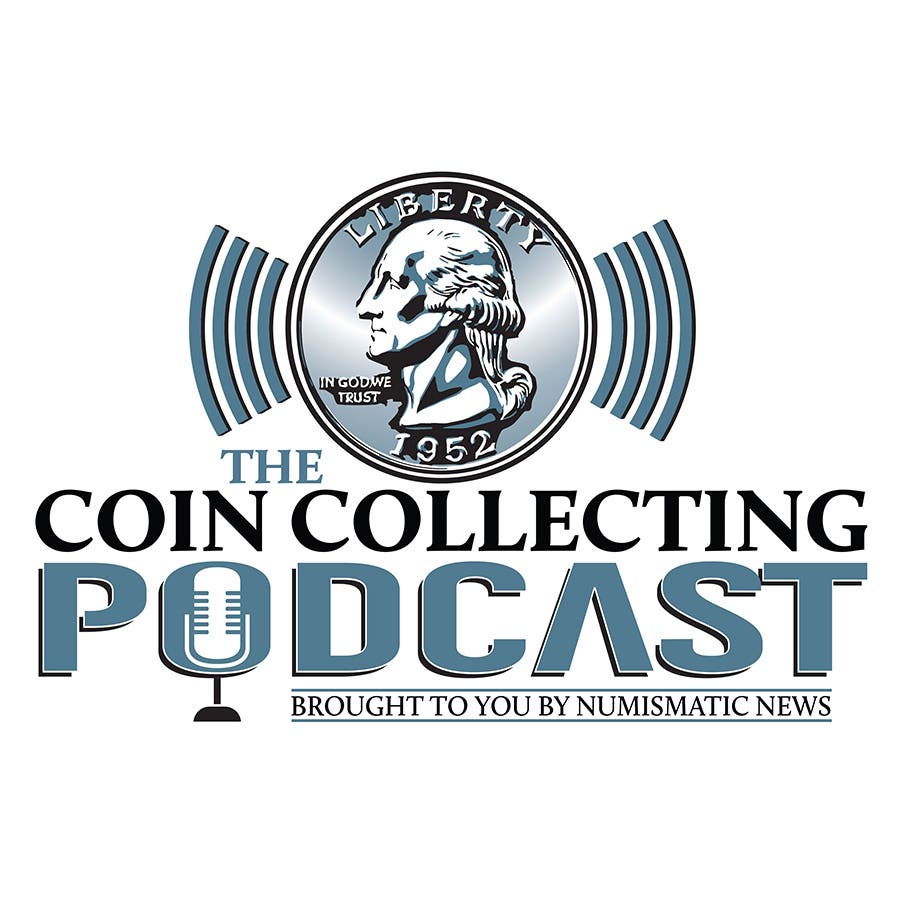Did Congress authorize the changes in the design of the Standing Liberty quarter in 1917?
Curiously, the record shows that Congress did actually vote to have some changes made in the design, but nowhere in this law is any mention of the additional armor that covered Miss Liberty’s bosom, indicating that this change came from elsewhere.
Aren’t some of the same medals that the U.S. Mint issued also being issued by other mints?
Perhaps you are thinking of the Paris Mint, which made a number of dies for the early U.S. medals. It kept some of the dies and is still issuing medals from them. One example is the “Washington Before Boston” medal, which both mints have restruck.
What is the correct weight for the 1837 half cent token?
The Hulseman token, which was popularized by being included in the Wayte Raymond coin boards of the 1920s and 1930s, was approximately the weight of the U.S. half cent, but according to Breen, there is no specific weight standard for it.
Crenated or crenelated are two terms that appear in coin descriptions, but do they have the same meaning?
Crenated applies to a rounded, scalloped edge as on a coin, but crenelated refers to an ornamental design resembling square teeth with equal spaces between each one.
Can you recommend a metal detector to find coins with?
Sorry, but I’d run afoul of company policy if I made a specific recommendation. Check to see if there are detector dealers in your area, talk to them and their customers, find out if there is an organized detector group, attend their meetings, ask lots of questions, and try out several “on the ground” before you buy, and perhaps even get a used model to try first. There also is a very active news group on the Internet, so try that if you have a computer.
I think the birds on some of our earliest coins must hold the record for the world’s ugliest eagle – or do they?
A check of some contemporary coin “art” shows that there is plenty of competition. There’s a Prussian reichstaler of 1750 with a crowned eagle that may well have inspired some of our lesser-quality designs. It is worse than ugly.
What can you tell me about the pistareen?
It was a debased 2 reales Spanish coin that circulated in Spain, the Americas and the West Indies in the 1700s, equal to 1/5 of the Spanish dollar (8 reales). By 1827, it was down to 17 cents’ value in the U.S. Design change didn’t come from Congress.
Over the years there have been a number of attempts by the U.S. Mint to produce patterns that contained only small amounts of bullion. Why weren’t any of them successful?
The principal purpose was to produce a coin that had an intrinsic value equal or nearly equal to its face value. The principal problem was that the minuscule amounts of bullion had no visible effect on the appearance of the coin, leaving it subject to ready counterfeiting.
Wasn’t there a “side cut” that passed as a half pistareen?
The side cut was a profitable clip for the shady element. A pistareen was cut into four parts – a triangle from the center and three curved edge pieces. The triangle was melted down for its silver content and each of the three arcs was passed as a half pistareen in the West Indies for a handsome increase in value.
Why is it that there are more proofs than circulation strikes available of some of the low-mintage U.S. coins?
The chief reason is the lack of collector interest in the circulation pieces at the time. What few collectors there were (prior to 1900) kept the proofs, but the circulation strikes disappeared through normal attrition.
More Coin Collecting Resources:
• Choose how much you save on your favorite numismatic books, CDs and more in our Choose Your Own Sale Event!
• Get exclusive collectors’ value packs at special discounts for investing in collectible coins, world coin collectors and North American coin collectors
• Get them instantly! Buy digital editions of past issues of World Coin News, Coins Magazine and Coin Market eXpress!









